Need to add Google AdSense to WordPress?
Time to learn how to Add Google AdSense to WordPress. When you finally have enough content and visitors on your website, the time has finally come to monetize it. There are thousands of advertising platforms in the world, varying from mammoths like Facebook to relatively smaller platforms like AdRoll. And yet, the first thing most people ever think about is using AdSense.
AdSense is the most popular advertising platform in the world. It has a huge number of advertisers and an even larger number of publishers. It’s an established platform serving over ten million websites at a time.
Since Google acts as an intermediary between the two sides, there’s little chance anything will go wrong. Together with providing metrics that can be easily tracked from your account, it’s the most superior advertising platform to measure WordPress digital marketing success on.
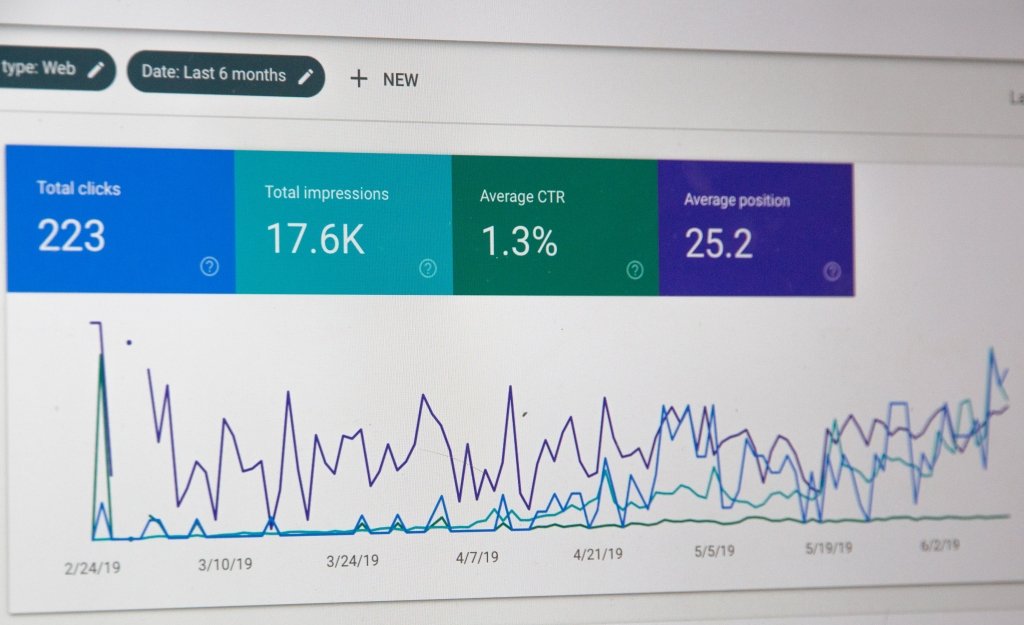
How does AdSense work?
AdSense is a Google program that lets website owners make money by displaying ads. The gist of it is that Google shows ads on your page and allows you to earn money in two ways: impressions and clicks. The number of impressions is the number of people that saw the ad, and ‘clicks’ is the number of people that saw the ad and clicked on it.
All you need to do is sign up for an AdSense account, copy and paste some code into your site pages and you’re done. Advertisers get to bid on websites whose content is relevant to what they want to display. In other words, more advertisers bidding on your blog means that you will earn more money.
Getting AdSense approval
Before you start blogging, you have to apply to have your website approved. It’s quite common for AdSense applications to be rejected, but most are problems that can be fixed with a little effort.
To get started:
- Read the AdSense policies. Make sure that your blog complies with them.
- Create some content on your blog. It’s possible to get published with as few as ten articles on your site, but it’s better to make sure you have more of them first. Additionally, don’t publish anything that’s prohibited under its policies.
- Make sure your site’s user experience is great. A few basic checks include mobile-friendliness, no popups, and readable text. You just have to choose the right theme for your blog.
- Your website has to have been active for at least six months. At that time, fill your site with well-researched content.
Keep in mind that traffic is not one of the factors that’s considered. It’s a common misattribution.
When Should You Start Monetizing Your Blog with AdSense?
Starting a blog is one of the most frustrating endeavors you can pursue. From staying up-to-date with how to keep your site profitable, to publishing enough content to remain relevant, it’s easy to get lost in the pursuit.
As interesting as blogging would be if we could all do it for nothing more than the sheer enjoyment of it, most people can’t afford to. Some people blog to gain a reputation in their industries while others just want to be popular.
Whatever the case, using AdSense as soon as you’ve started your blog is a messy road towards frustration. It’s practically impossible to make more than pennies without getting some decent traffic on your website.
A great time to start for most bloggers is once you have at least a hundred visitors per day. With that, you can get a few hundred dollars in revenue as your blog matures. Don’t forget that AdSense policies require your site to have been active for at least six months.
Most bloggers use this time populating their websites with content using quality copywriting and dissertation writing services and improving their SEO ranking.
If you need to start monetizing your site as soon as possible, try monetizing your site using affiliate links from sites relevant to your industry. These are more profitable when they work and don’t annoy users.
Sign Up for AdSense
Once you’ve made up your mind, all that’s left is to create an AdSense account. If you already have a Google account, you can link it up with your AdSense account and continue.
An important thing to remember is that any violation of Google’s account policies can have all their services suspended or terminated. In other words, if you are caught violating Google’s rules, your AdSense account can be closed down too. If possible, you’re advised to have a separate business email for your AdSense account.
Visit the AdSense website, click on ‘Sign Up Now’
On the next page, you will be asked to specify your blog’s address and your email address. When the form is complete, click on ‘Save And Continue.’
Next, select your home country and make sure the Terms and Conditions checkbox is selected. And finally, click on ‘Create Account’ and the first step is complete.
Activate Your AdSense Account
For Google to start serving ads on your site, we first need a way to connect Google’s servers with our own. Every time someone visits your website, Google knows about it and sends something relevant.
The most convenient way to do is to add a code snippet from Google and place it on your website. This has the instructions your browser needs to let AdSense there is some action about.
If you don’t want to bother with the code, a simple way to do it is by installing the Insert Headers and Footers plugin. Once installed, it does all the heavy lifting for you by embedding your code snippets in the necessary page headers and/or footers.
It may take up to three days for your AdSense account to be approved. Once approved, you can start placing ads on your blog posts.
Create Ads in Google AdSense
Once activated, you need to create some ads to embed on your website.
Go back to your AdSense account and click on ‘Ads.’ It should be on the sidebar to your left. On the next page, there should be options like ‘Auto ads’ and ‘Ad units.’ The first section lets you create AdSense units manually and place them within your blog, while ‘Auto ads’ takes care of placement for you.
The ‘Auto’ ads function is useful because you don’t have to spend any time analyzing which places are the most optimal for your blog. It uses data based on past visits to determine what the best place for maximum revenue is for you.
The problem with this is that you don’t have any control over where your ads are going to be shown. It might even be the first thing visitors see, despite how inconvenient it is. No algorithm is perfect, so automatic placements may end up breaking functionality or ruining the user experience.
If you’re willing to put in the work that goes into calculating optimal ad placement, you can create them manually and place them using ‘Ad units.’
Adding AdSense Ads to Your WordPress Site
Ad placement is one of the most important factors you have to consider if you want your ads to be successful. As a rule of thumb, the more attention people pay to a certain section, the better it is for positioning your ads. Depending on the area you want your blog to be added, it can be done in several ways.
The Header Section
If you want to display ads on the entire blog, all you have to do is copy the snippet provided by Google into the header section of your blog. When a visitor hits your website, it will be communicated to Google and it calculates the most optimal location in your blog.
Head over to Settings > Insert Headers and Footers, and paste the code in the header section.
Using Plugins
To place ads manually on your site, you either need to have some PHP and HTML understanding or know how to use WordPress plugins. For most people, the latter option is the most convenient.
Ad management plugins are the best way to insert ads in the content area of your site, including the sidebar. You can always do this with the AdSense plugin, but an independent plugin allows you to handle other Ad networks as well.
Some ad management plugins you may want to consider include:
AdSanity is the most popular beginner-friendly ad management plugin on WordPress. It allows you to insert ads anywhere on your site using a visual editor. Since it’s a third-party plugin, it supports hosted ads (those you manage and sell yourself) and ad networks like Google AdSense.
Advanced Ads has additional features that most plugins don’t have including scheduling, click fraud prevention and an alternative one for blogs that have ad-block users.
Ad Inserter has a user interface that takes you through the whole process by hand. This includes features like before and after a post or even between posts. These are free with the beginner’s license. For more advanced features like sticky ads and animations, you’ll need to get the pro license.
Tracking and Improving Your AdSense Ads
AdSense is a convenient way to start making money from your blog by doing what you love to do the most: blogging. The best way to boost the amount of money you make each month is to boost the performance of your ads. And the performance of your ads can be boosted by collecting data and improving it where it falls short.
The most popular way of tracking your ads is by using a plugin like MonstersInsights or Google’s own AdSense Manager. These provide you with data such as click-through rates of individual ad placements, allowing you to improve them.
AdSense Best Practices
Aside from the information detailed above, there are a few more things you can do to improve your AdSense performance.
Do’s
Optimize for mobile: There are more searches carried out on mobile devices than desktops each day. Users expect your site to be fast and mobile-friendly. If your page is not up to speed, you risk either losing visitors or failing to retain current users.
Write engaging content to attract visitors to your site. The more you have, the more likely one of them is going to click on an ad. Most times, engaging content is synonymous to helpful content.
Choose the right ad size: Back to mobile-friendliness, make sure you pick ads that fit within the visitor’s viewport. You may be penalized otherwise.
Run A/B tests: An A/B test randomly selects users to serve different versions of your site to see if they perform better. You should do the same with your ad placement.
Market your site: The final and most important thing to remember is that your AdSense earnings are directly tied to the amount of traffic your blog gets. Most new bloggers tend to underestimate the importance of search engine optimization and marketing.
Create a social media account for your site and encourage your website visitors to follow you for more content. It won’t matter if you research what the best placements for ads are and pick the most profitable niche, but have nobody view your ads.
Your website needs a combination of great content and great marketing if it’s ever going to get anywhere. Don’t expect to start earning thousands of dollars a month when you barely have 10 articles posted. The minimum recommended number is 20, paired with healthy SEO efforts.
Don’ts
Don’t use too many ads: Having too many ads on your blog is plan annoying. This is going to prevent users from coming back.
Don’t click on your own ads: Google has some pretty smart algorithms working behind the scenes to make sure no clicks are fraudulent. Clicking on your own ads will get you banned. The same goes for buying bots to click on ads for you.
Don’t call attention to the ads: Don’t include text or images that tell people to click on ads. This is a common cause of suspension.
Don’t break the rules: Google is strict on how it enforces its policies. Failing to adhere to them could get your account permanently suspended. In some cases, creating a new account might also get you into trouble
Making Your Ads Perform Better
Aside from ad placement, the next-most-important step is increasing the amount of traffic to your website. This is best done by improving your ranking on sites like Google and Bing to make it easier to find.
It’s doubly profitable because Google will serve more relevant ads, the better your SEO. In turn, the more people click on your ads and the more money you earn.
Conclusion
AdSense is an amazing platform, but too many people consider it a get-rich scheme, only to go in and face the disappointment of their lives. It requires you to be an active member of the blogging community and a lot of hard work in creating new content and updating the old ones.
Before you can start making good money, make sure your posts at least follow these rules:
- It is unique – no plagiarism.
- Should be well-written. Well-written content is relatively long, contains several links and provides the user with valuable content.
- Update the blog constantly to provide Google with fresh information.






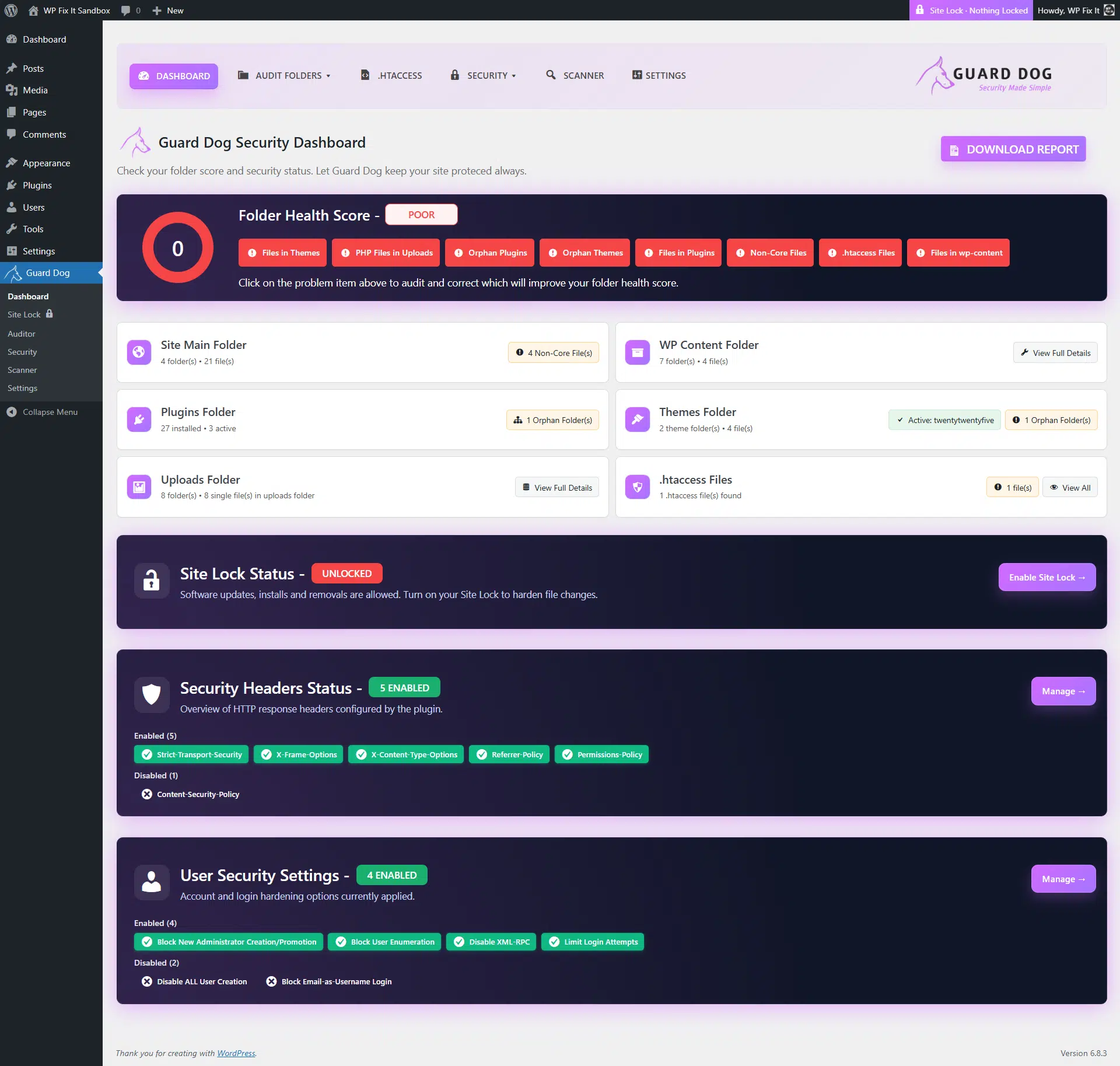

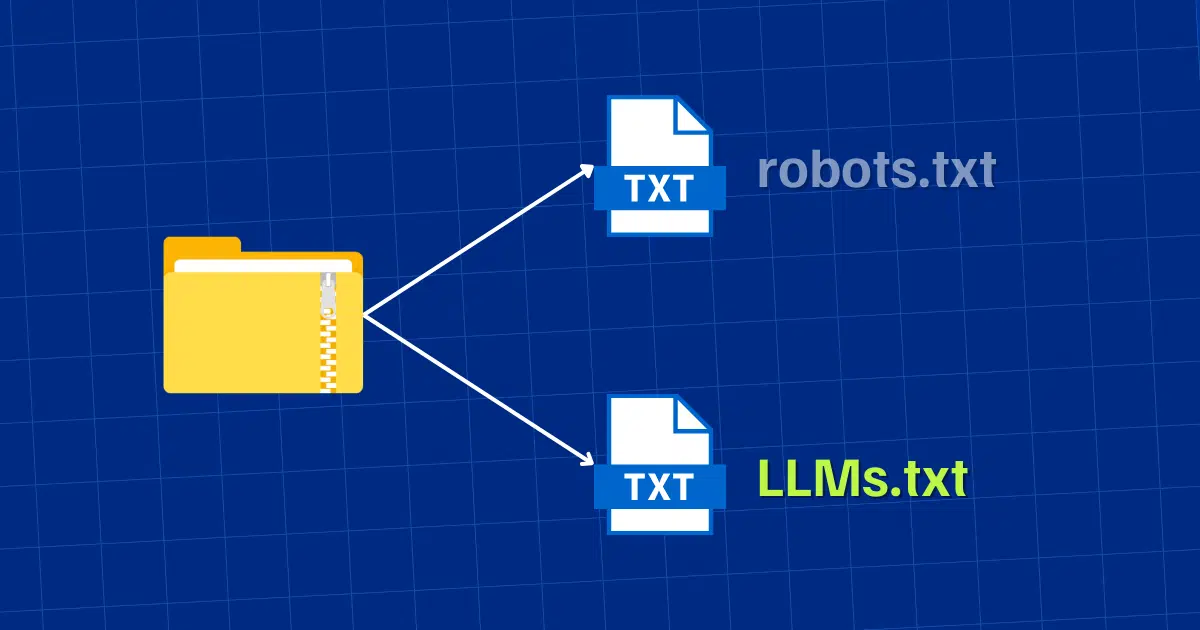
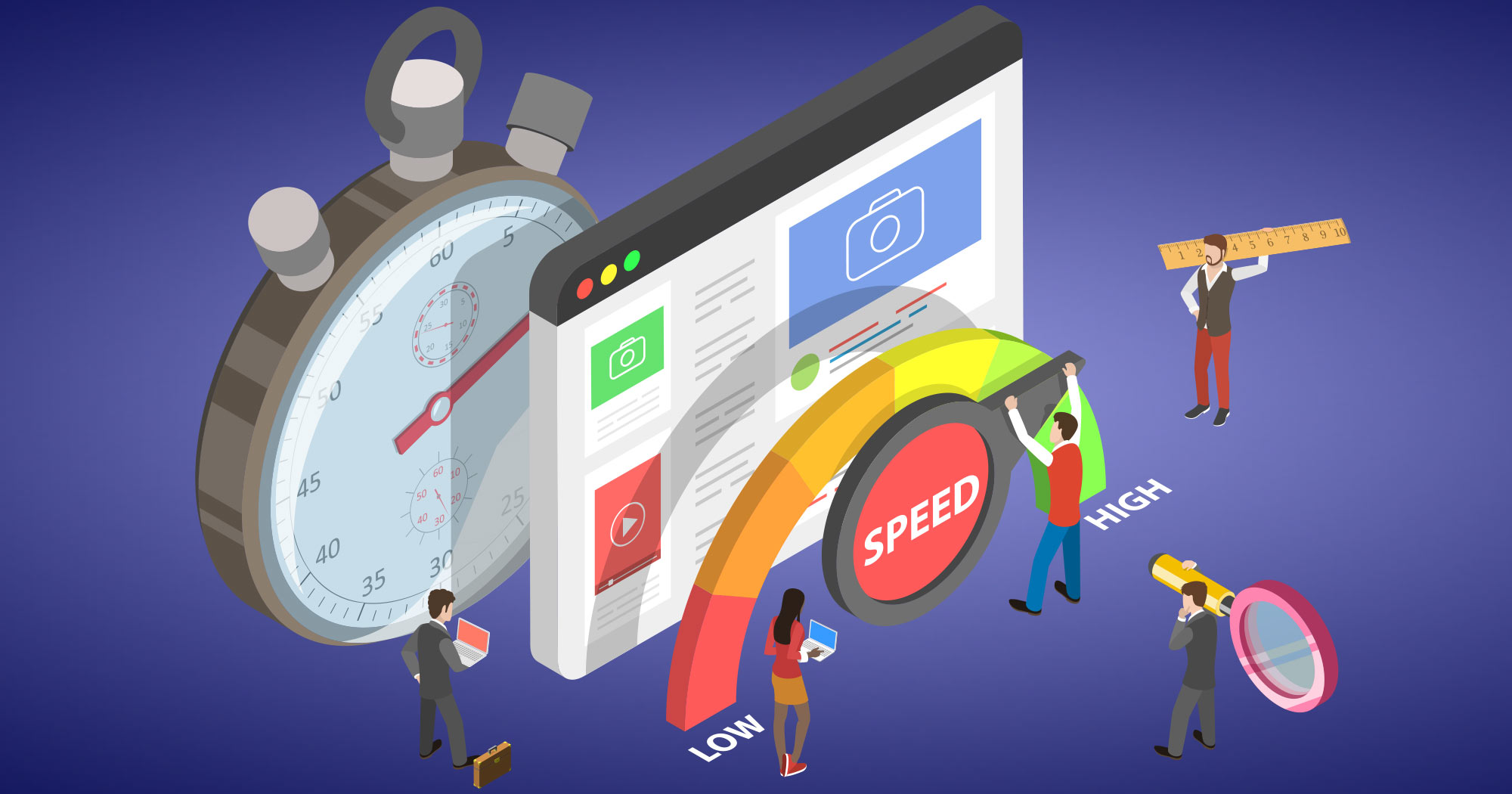
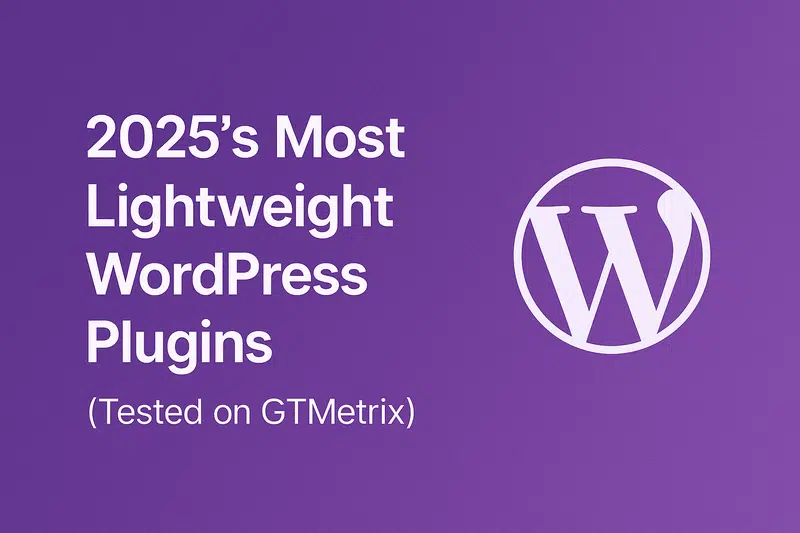

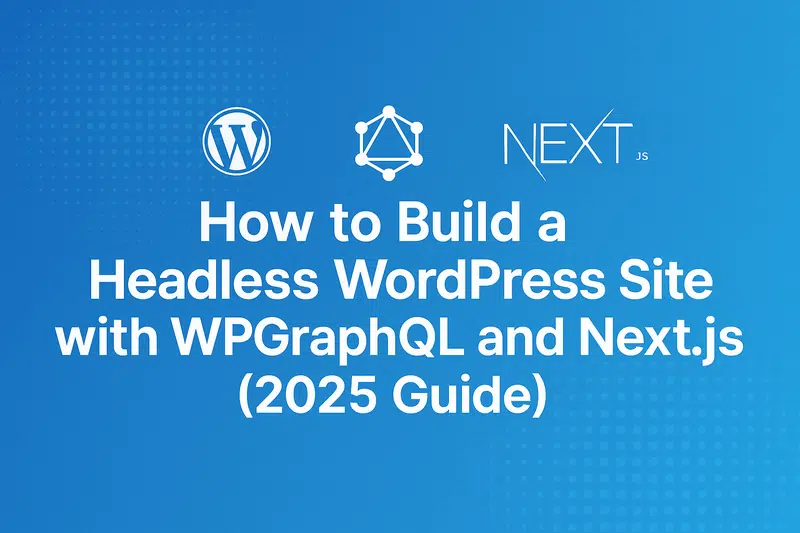
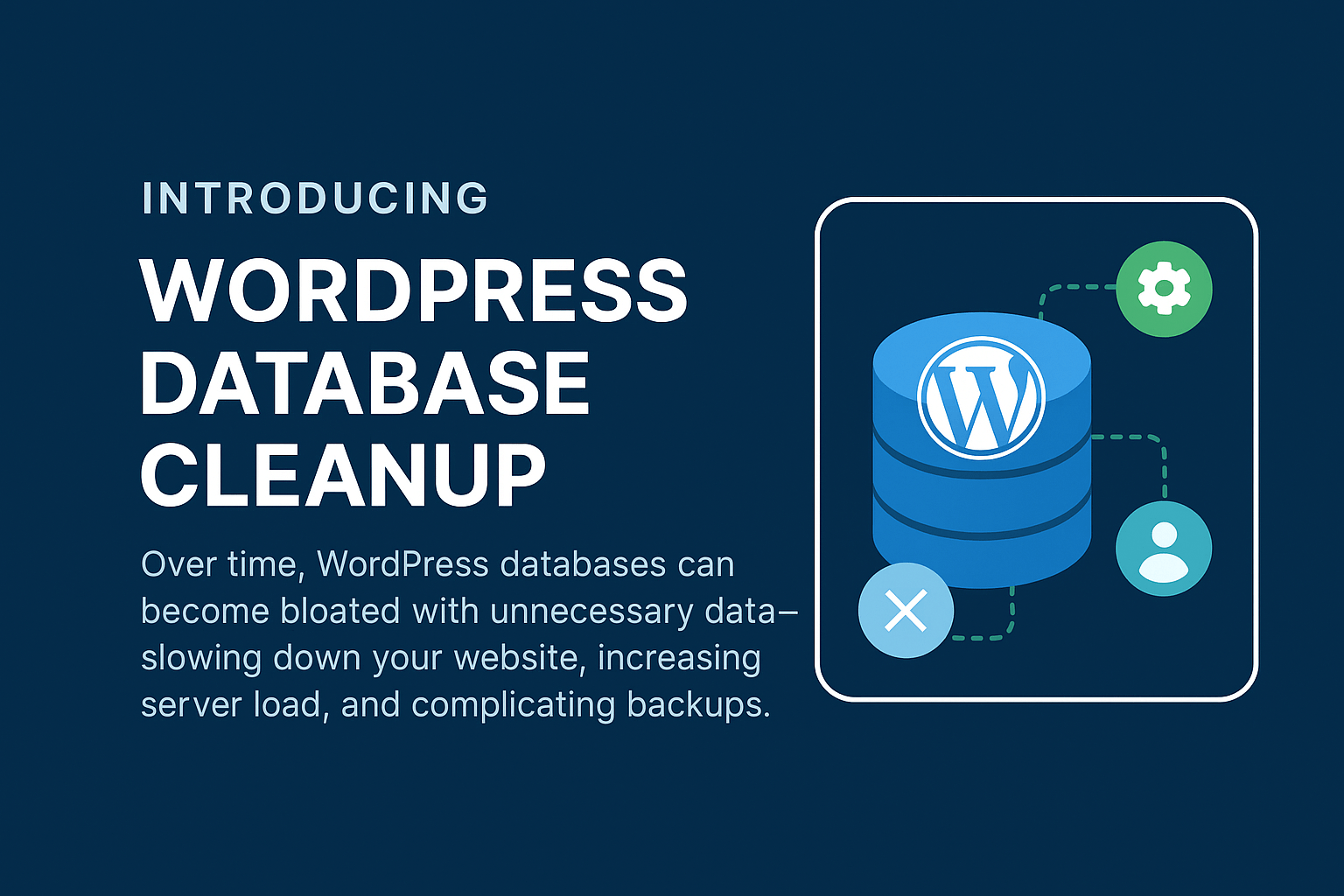
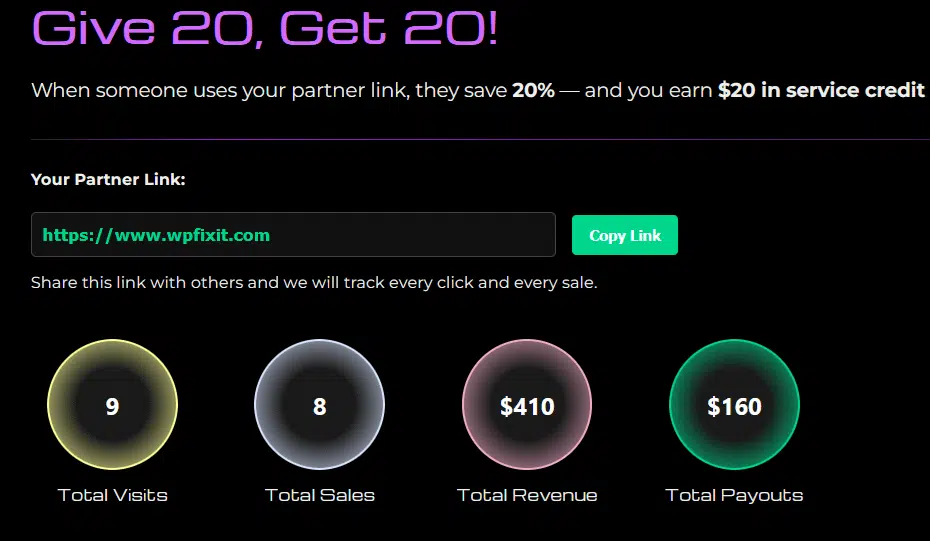
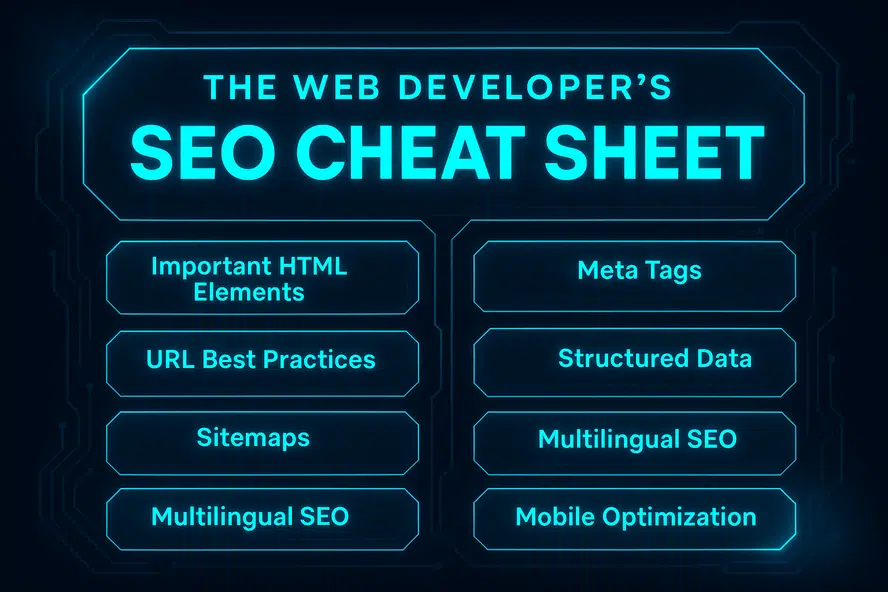

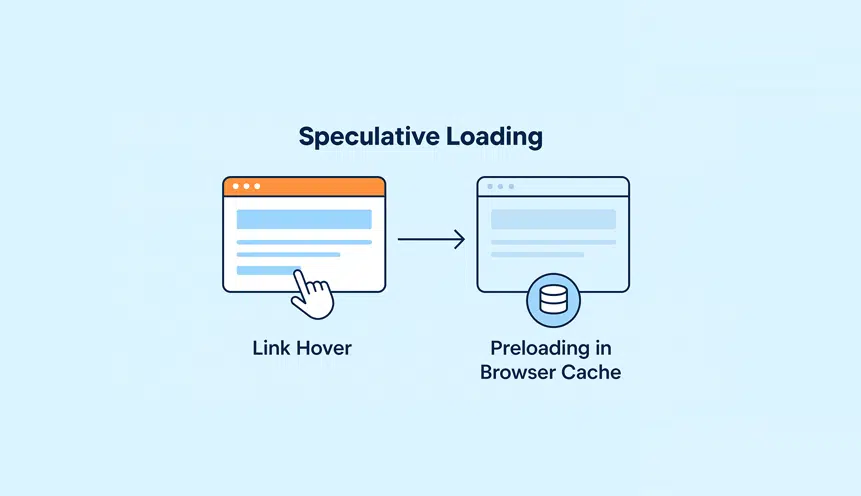

Thank you for sharing the post with us.
Our pleasure!